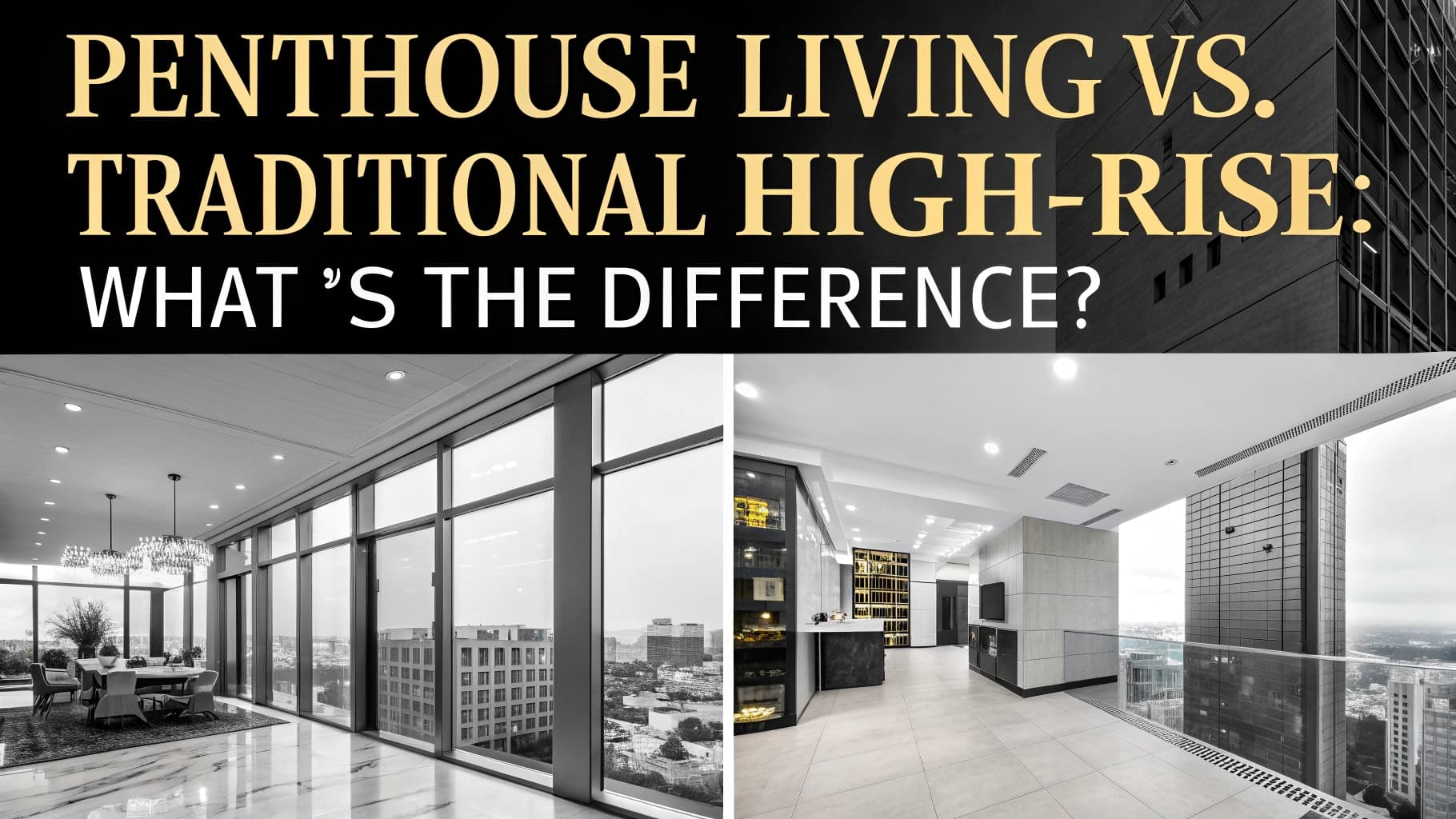When I think about the importance of location, I realize it’s not just about the address; it’s about the entire environment that surrounds a property. The views can significantly enhance my living experience, and I often find myself drawn to places that offer breathtaking landscapes or vibrant cityscapes. For instance, one property I considered was nestled in the heart of a bustling urban area, where I could gaze out at the skyline dotted with twinkling lights.
The energy of the city was palpable, and I could easily imagine myself enjoying evenings on the balcony, sipping coffee while watching the world go by. The proximity to restaurants, shops, and cultural venues added to its allure, making it a prime location for someone like me who thrives on activity and excitement. On the other hand, I also explored a property located in a more serene, suburban setting.
Here, the views were dominated by lush greenery and rolling hills, offering a stark contrast to the urban landscape. The tranquility of this environment appealed to my desire for peace and quiet, allowing me to envision weekends spent hiking or simply enjoying nature. The fresh air and open spaces provided a sense of freedom that was hard to resist.
While both locations had their unique charm, I found myself weighing the benefits of vibrant city life against the calming embrace of nature. Ultimately, my decision would hinge on what kind of lifestyle I wanted to cultivate—one filled with excitement or one rooted in serenity.
Amenities and Facilities: What Each Offers
As I delved deeper into my property search, I quickly realized that amenities and facilities play a crucial role in enhancing my living experience. One property boasted an impressive array of amenities, including a state-of-the-art fitness center, a rooftop pool with stunning views, and even a spa for relaxation. The convenience of having these facilities at my fingertips was incredibly appealing; I could easily envision myself unwinding after a long day with a dip in the pool or a rejuvenating massage.
Additionally, communal spaces like lounges and game rooms fostered a sense of community among residents, making it easy to socialize and connect with neighbors. Conversely, another property I considered offered a more minimalist approach to amenities. While it lacked some of the extravagant features of its counterpart, it compensated with essential conveniences such as on-site laundry facilities and ample parking.
This property also emphasized sustainability, featuring energy-efficient appliances and green spaces that encouraged outdoor activities. Although it didn’t have the same level of luxury, I appreciated its focus on practicality and environmental consciousness. In weighing these options, I found myself contemplating what amenities truly mattered to me—whether I preferred lavish indulgences or practical features that aligned with my values.
Space and Layout: Contrasting the Interior Design
The interior design of a property can significantly influence how I feel within its walls. As I toured various homes, I paid close attention to the space and layout, noting how each design impacted my sense of comfort and functionality. One property featured an open-concept layout that seamlessly connected the living room, dining area, and kitchen.
This design created an inviting atmosphere where I could easily entertain guests or spend quality time with family. The abundance of natural light streaming through large windows further enhanced the space, making it feel airy and expansive. I could already picture myself hosting dinner parties in this vibrant setting.
In contrast, another property had a more traditional layout with distinct rooms for each function. While this design offered privacy and separation, I found it somewhat restrictive compared to the open-concept space. The cozy nooks created an intimate ambiance, perfect for quiet evenings spent reading or relaxing.
However, I couldn’t shake the feeling that it might limit my ability to host gatherings or enjoy a more communal living experience. As I weighed these contrasting designs, I realized that my choice would ultimately depend on how I envisioned my daily life unfolding—whether I preferred an open space that encouraged interaction or a more segmented layout that provided personal retreats.
Privacy and Security: Evaluating the Level of Safety
In today’s world, privacy and security are paramount considerations for anyone looking to invest in a new home. As I explored different properties, I took note of the security measures in place and how they contributed to my overall sense of safety. One property stood out for its advanced security features, including gated access, surveillance cameras, and on-site security personnel.
Knowing that these measures were in place provided me with peace of mind; I could rest easy knowing that my home was protected from potential threats. On the flip side, another property had a more open layout without extensive security features. While it felt welcoming and friendly, I couldn’t help but feel a twinge of concern about privacy.
The proximity to neighbors meant that sound carried easily between units, which could lead to potential disturbances. Additionally, the lack of gated access made me question how secure the area truly was. As I weighed these factors, I recognized that my comfort level with privacy and security would play a significant role in my decision-making process.
Ultimately, finding a balance between an inviting atmosphere and robust security measures became essential in my search for the perfect home.
Community and Social Life: Contrasting the Atmosphere
The sense of community within a neighborhood can greatly influence my overall living experience. As I visited various properties, I took note of the social dynamics at play in each area. One property was situated in a vibrant community known for its active social scene.
Residents frequently gathered for events such as farmers’ markets, outdoor movie nights, and block parties. The friendly atmosphere made it easy for newcomers like me to connect with neighbors and forge lasting friendships. I could already envision myself participating in community activities and enjoying the camaraderie that came with living in such an engaging environment.
In contrast, another property was located in a quieter neighborhood where social interactions were less frequent. While this setting offered peace and tranquility, it also felt somewhat isolating at times. The lack of organized events meant that opportunities for socializing were limited, which made me question whether I would feel connected to my neighbors over time.
As I reflected on these contrasting atmospheres, I realized that my preference for community engagement would play a significant role in my decision-making process. Ultimately, finding a place where I felt comfortable both socially and personally became paramount in my search for a new home.
Cost and Maintenance: Analyzing the Financial Aspects
Short-term Affordability vs. Long-term Investment
One property was relatively affordable, but it came with higher maintenance fees because of its extensive amenities and spaces. While the allure of luxury living was tempting, I had to think about whether those costs would fit within my budget in the long run. On the other hand, another property had lower upfront costs but required more hands-on maintenance due to its age and condition.
Weighing Financial Aspects
While it offered charm and character, I knew that taking on renovation projects could quickly add up financially. As I analyzed these financial aspects, I found myself weighing short-term affordability against long-term investment potential.
Making an Informed Decision
Ultimately, understanding how each property aligned with my financial goals became crucial in making an informed decision about where to plant my roots.
Customization and Personalization: Exploring the Options
One aspect of homeownership that excites me is the opportunity for customization and personalization. As I explored different properties, I took note of how much flexibility each offered in terms of design choices and renovations. One property stood out for its open canvas approach; it had neutral finishes that allowed me to envision transforming each room according to my personal style.
The prospect of selecting paint colors, flooring options, and fixtures filled me with enthusiasm as I imagined creating a space that truly reflected who I am. Conversely, another property had already been extensively renovated with specific design choices that may not align with my taste. While it was undoubtedly beautiful and move-in ready, I found myself longing for the ability to make changes that would make it feel more like home.
This contrast highlighted the importance of finding a balance between convenience and personal expression in my search for a new place to live. Ultimately, having the freedom to customize my space would play a significant role in ensuring that my new home felt uniquely mine.
Investment and Resale Value: Considering Long-Term Prospects
As I contemplated my future home purchase, thoughts about investment potential and resale value loomed large in my mind. One property was located in an up-and-coming neighborhood with promising growth prospects; real estate experts predicted significant appreciation over the next few years due to ongoing development projects nearby. This potential for increased value made it an attractive option for someone like me who wanted not only a place to live but also a smart investment.
In contrast, another property was situated in an established area where prices had plateaued over time. While it offered stability and familiarity, I couldn’t help but wonder about its long-term growth potential. Would it retain its value as market trends shifted?
As I weighed these factors carefully, it became clear that understanding the investment landscape would be crucial in making an informed decision about where to invest my hard-earned money. Ultimately, finding a property that aligned with both my lifestyle needs and financial goals would be key as I embarked on this exciting journey toward homeownership.
FAQs
What is the difference between penthouse living and traditional high-rise living?
Penthouse living typically refers to living in the top floor of a high-rise building, often with luxurious amenities and features. Traditional high-rise living, on the other hand, refers to living in any floor of a high-rise building, which may not necessarily have the same level of luxury and exclusivity as a penthouse.
What are some common features of penthouse living?
Penthouse living often includes features such as private elevators, expansive outdoor terraces, panoramic views, high-end finishes, and exclusive access to amenities such as rooftop pools, gyms, and concierge services.
What are some common features of traditional high-rise living?
Traditional high-rise living may include amenities such as shared elevators, standard-sized balconies or no balconies, and access to communal facilities such as a gym or pool. The finishes and features in traditional high-rise units may not be as luxurious as those found in penthouses.
What are the potential benefits of penthouse living compared to traditional high-rise living?
Penthouse living often offers greater privacy, exclusivity, and luxury compared to traditional high-rise living. The panoramic views and expansive outdoor space are also major draws for penthouse living.
What are the potential drawbacks of penthouse living compared to traditional high-rise living?
Penthouse living may come with a higher price tag compared to traditional high-rise living. Additionally, maintenance and upkeep of the larger outdoor spaces and exclusive features may require more effort and cost.

